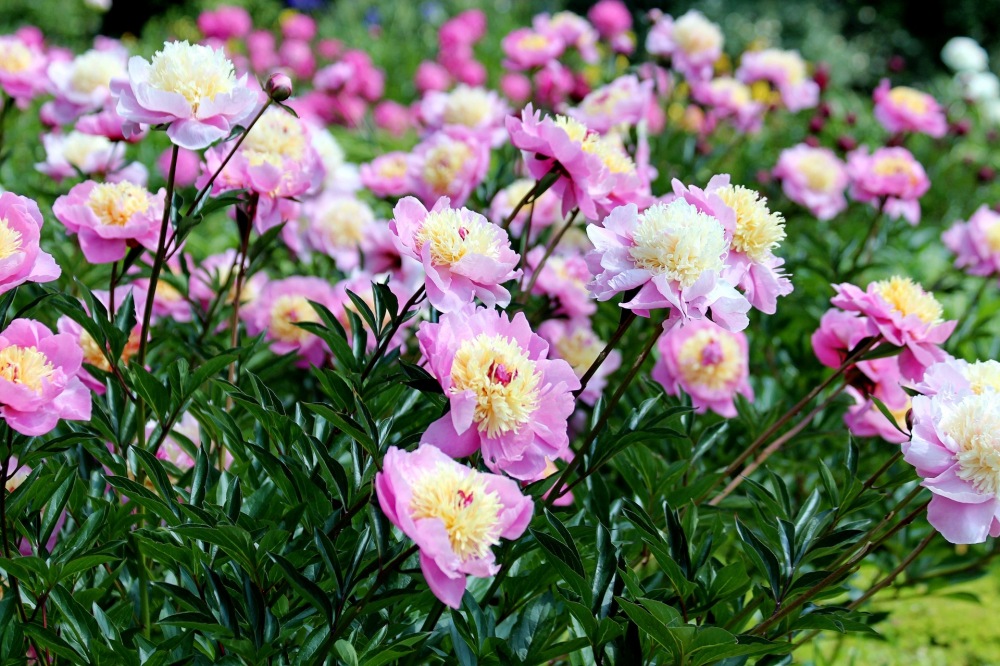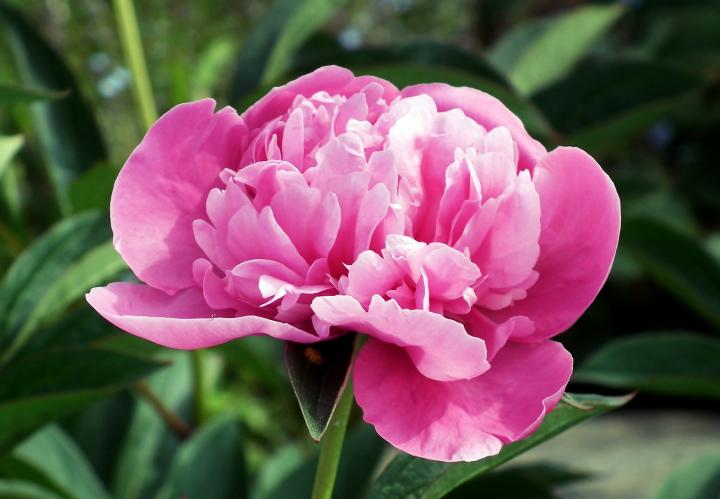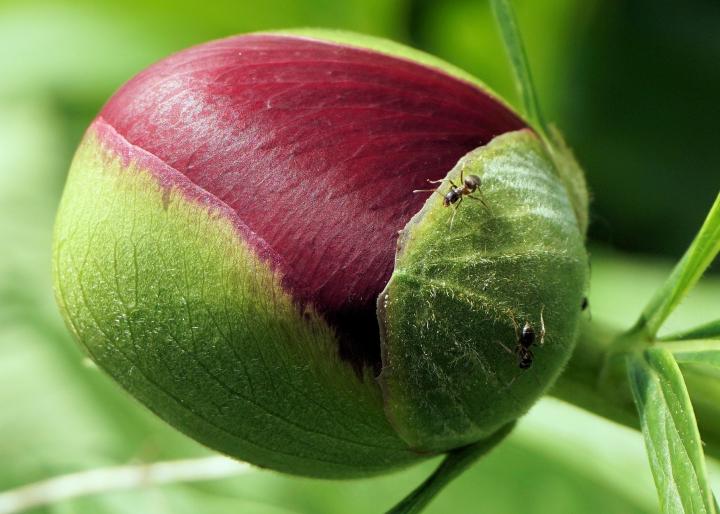
From Bud to Bloom: How to Plant, Grow, and Care for Stunning Peonies in Your Garden
Read Next
Types
In the 1930s and 1940s, plant catalogs listed only three peony choices: white, crimson, and rose pink. Today, thousands of varieties are available.
There are six main peony flower types: anemone, single, Japanese, semidouble, double, and bomb. Fragrances vary as well—some plants, such as ‘Festiva Maxima’ and ‘Duchesse de Nemours’, have intoxicating rose-like scents, while others are lemony or have no scent at all.

Peonies bloom between late spring and early summer, but you can plan your garden for a successive display of flowers from mid-May to late June by planting various varieties. Here are some choices:
- Anemone (an advanced Japanese form)—‘Laura Dessert’: cream/pale lemon to white; strong fragrance; early-season
- Single (one row of petals)—‘Sparkling Star’: deep pink; early- to midseason
- Japanese (decorative centers)—‘Carrara’: white, with soft yellow centers; fragrant; midseason
- Semidouble (five or more guard petals and prominent centers)—‘Pink Hawaiian Coral’: pink to coral rose form; slight fragrance; early-season
- Double (large petals, needs support)—‘Candy Stripe’: white, with red streaks; slight fragrance; mid- to late-season
- Bomb (large, like a scoop of petals)—‘Angel Cheeks’: soft pink; slight fragrance; midseason
- Consider, too, the Itoh peony: Named after its developer, Japanese botanist Dr. Toichi Itoh (d. 1956), this flower is a cross between a herbaceous (bush) peony and a tree peony. Its large single, semidouble, and double blooms appear later in the season and last longer than traditional peonies.
Gardening Products
You can collect the seeds and store them for replanting.
With peonies, it is not always easy to replant. Ideally, sow the collected seeds right away in pots so they don't dry up. Let them stay moist through autumn and then "chill" in winter just as grown-up peonies must chill. Sometimes it takes a second year to start growing.
Phytophthora blight can infect peonies and causes stems and leaves to turn dark brown or black. Infections usually occur in the roots and lower portions of the stem. This disease can also cause wet rot and destroy the entire plant. If your peony was infected by this blight it should be removed and destroyed.
- « Previous
- 1
- 2
- …
- 10
- Next »












Comments